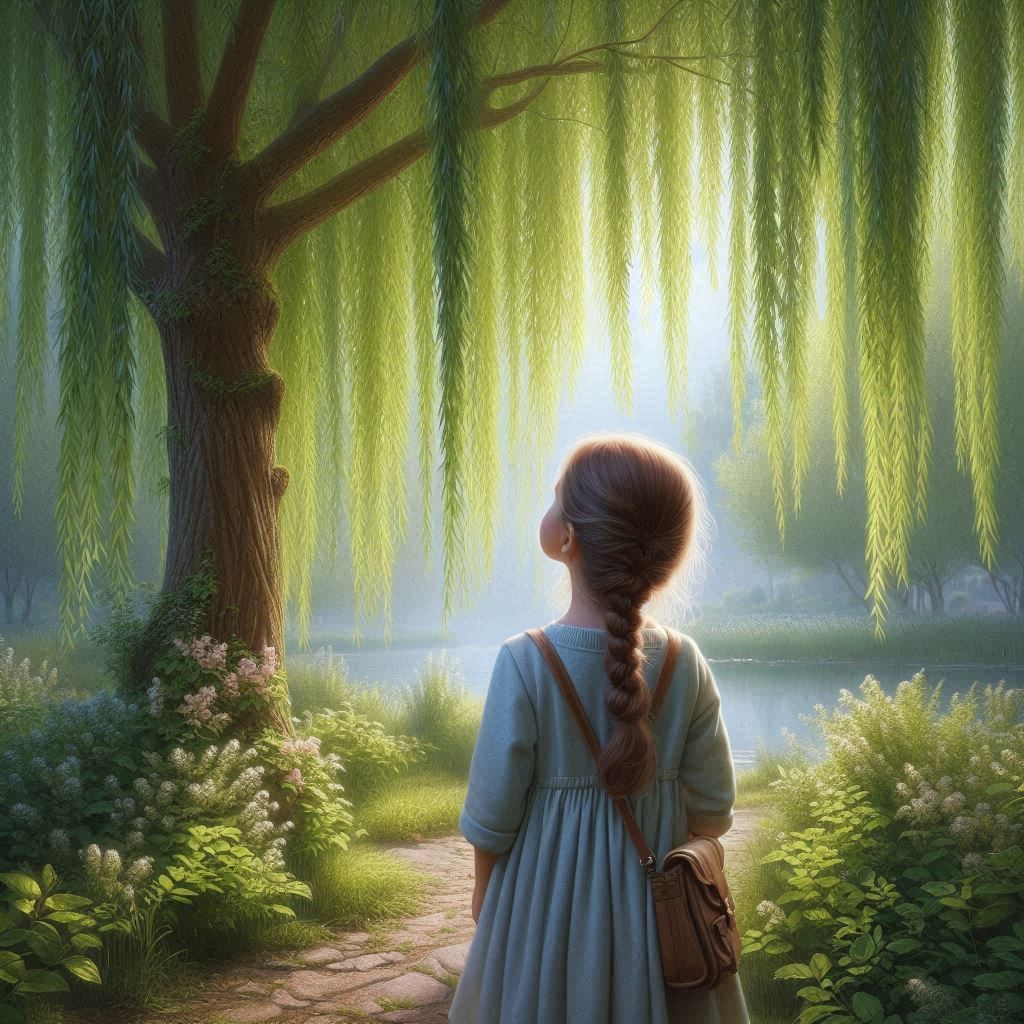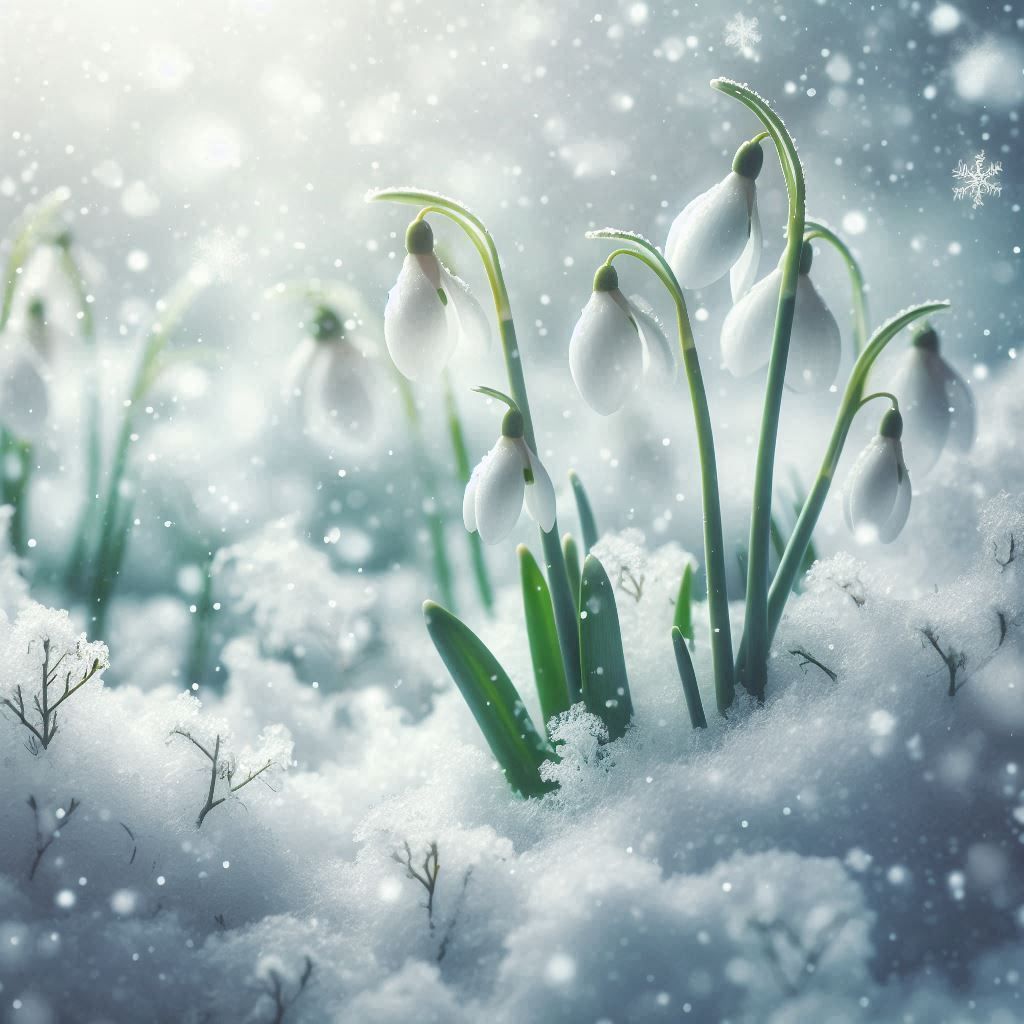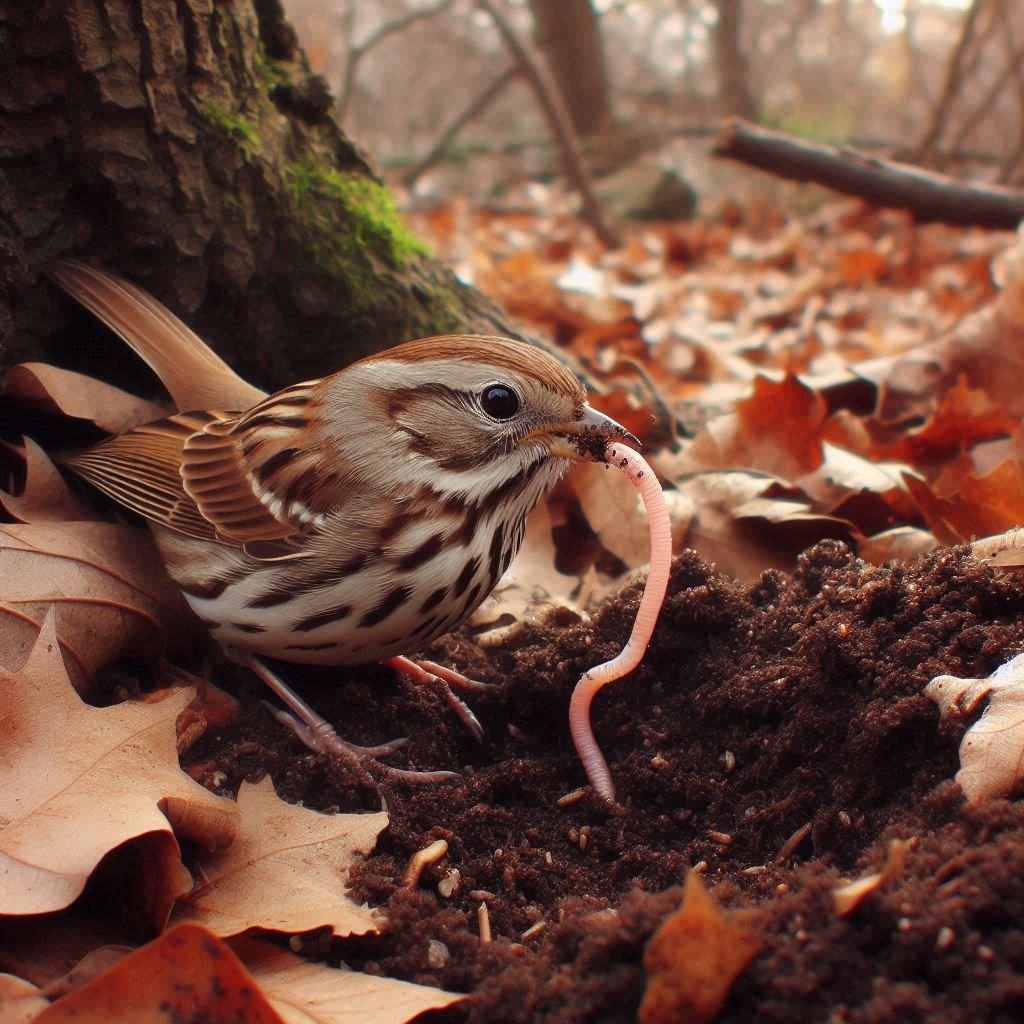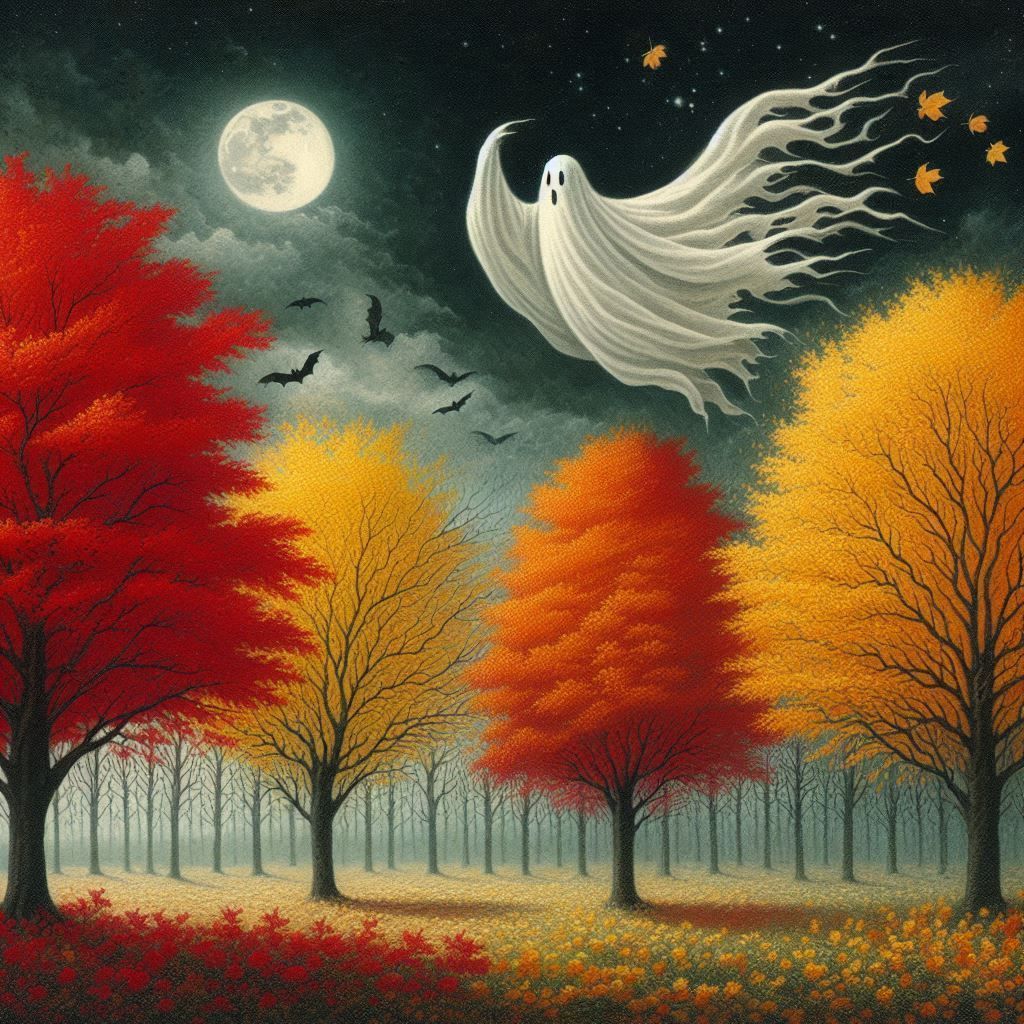Lion's Tooth
My hands are stained with dirty gold. Which is how I know spring is in full bloom. Because when my hands are stained with dirty gold, the dandelions are in full bloom, and when the dandelions are in full bloom, so is spring.
My hands are stained with dirty gold because, every day for these past two weeks, I have been picking dandelion flowers with a vengeance. I pick them, and then I trash them. Because they are out of control, aggressively spreading over the earthen canvas that the demure blooms of violets, spring beauties, and Quaker ladies are exquisitely embroidering in purple, pink, and blue.
Dandelion plants are merciless invaders. I know picking their flowers does not kill them. I also know I may be making their roots and leaves stronger by redirecting their energy. Nonetheless, eradicating dandelion flowers does keep the plants from propagating, and the last thing I want is more dandelion attacks on innocents.
In medieval France, the dandelion was called dent-de-lioun, which translates into English as “lion’s tooth.” The plant was supposedly so named because its serrated leaves resemble the jaws and teeth of a lion. However, I cannot help but wonder if the moniker has roots that go back another two thousand years to one of Aesop’s fables, “The Lion’s Share,” where a lion does not share with his fellows, but helps his imperious self to all of what should have been equitably apportioned. Because that is what dandelions do. Even today, long after dent-de-lioun was colloquized to the more innocuous sounding dandelion, rather than share, dandelions devour.
Dandelions evolved thirty million years ago in Eurasia. Folklore has it they finally madeit to what is currently the United States in 1620 when immigrants aboard the Mayflower transported them from their native England. Whether or not that is true, it is a well substantiated fact that dandelions were cultivated for both food and medicine in American colonies of the 17 th century. As they were throughout Europe and Asia for most of recorded history.
Even now, dandelion roots, leaves, buds, and flowers are used by cooks as highly nutritional ingredients in a wide variety of foods and beverages, as well as by herbalists for many therapeutic purposes. To say nothing of the blossoms used by vintners to make the much celebrated and one-of-a-kind dandelion wine.
Then too, honeybees and other insect pollinators apparently have a potent thirst for dandelions. When I do my plucking, there are always insect pollinators there with me, getting a buzz guzzling dandelion nectar. Even though I realize pollinators are necessary for human survival, with over 35% of our world’s food crops requiring pollination by animals, I don’t feel guilty cutting them off. Lightfall Hollow, including the yards and gardens of my Stone Harvest home, are full of spring ephemerals.
Spring ephemerals are so called because they are the first wildflowers to bloom, like the violets, spring beauties, and Quaker ladies embroidering my lawn, and it is their nectar that is best for pollinators. So, when I remove dandelion seducers, I am actually benefiting pollinators by promoting a healthier diet.
Yet, I will admit, with their stunning gold color and lavish raylike petals, dandelion flowers are beautiful. And there is no question beauty has tremendous value. Beauty is essential. Without beauty, hope and humanity are lost.
Furthermore, at the risk of irking those more scientifically minded, I can’t help but wonder if dandelions are intelligent beings. When they bloom, their stems throw the flowers high in a blatant attempt to tempt weak-willed pollinators. But when flowering is finished and their bracts close up to shelter developing baby seeds, dandelion stems go limp and fall. Which keeps the vulnerable seeds safely out of sight. Once the seeds mature, the bract folds back, and up go the stems again to catch the wind and get those seeds dispersed. Seems pretty smart.
Even if dandelions are devoid of any intellectual capabilities, they have certainly captured a lot of hearts. For many, they are symbols of endurance and resilience, representing persistence, stamina, and the innate power to overcome hardship to triumphantly stand. In addition, they are the subject of many fine poems, lovely children’s books, great literary references, and treasured folklore.
Dandelions are said to grant wishes, carry thoughts and dreams to loved ones, as well as indicate whether two people share a romantic attraction. My favorite piece of dandelion lore proclaims their three life stages of golden flower, silvery sphere, and aeronautical seeds mirror the sun, moon, and stars. Heaven brought down to Earth.
Like many people, I have a sweet memory of being a child blowing on dandelion puffballs and seeing the feathery pappus parachutes floating through the air, an individual seed hanging on for dear life to each one. How enchanting that was.
Like many mothers, I have an even sweeter memory of my child gently picking a dandelion flower, like it was the most precious of gifts, and giving it to me, a look of wonder on his face. How tender that was.
If only dandelions would learn to share! However, they don’t, and so I yank at them until my hands are stained with dirty gold that is almost impossible to wash away. Only to find them back in full force the next day. Picking dandelions is like building a sandcastle at the ocean’s shore. By dawn, all your efforts have vanished. It can easily be seen as senseless work.
Especially since a dandelion flower produces anywhere from 50 to over 150 seeds. While a dandelion plant annually yields up to 5,000 viable seeds, and they stay viable for up to five years. With the wind’s ferocious contributions, dandelion seeds can travel miles, claiming more and more territory as their own.
Dandelion plants can live for many years. It is quite possible those presently invading my Stone Harvest home will still be living here when I am dead. Perhaps over time they will entirely take over. The spring ephemerals dead then too. The exquisite purple, pink, and blue embroidery of violets, spring beauties, and Quaker ladies ripped apart and destroyed, devoured by the
rapacious Lion’s Tooth.
But perhaps not. You never know, and there is always hope. And that’s a wonderful thing.

Credit: Bing Image Generator
Share this post via









